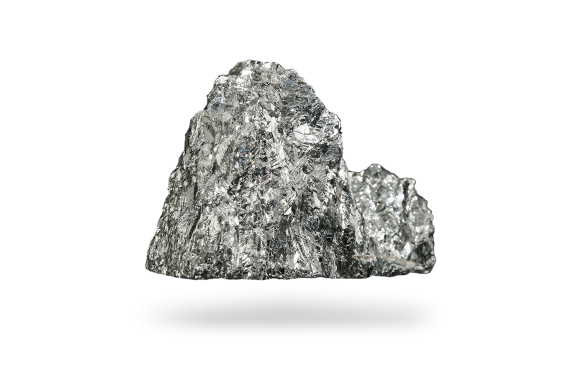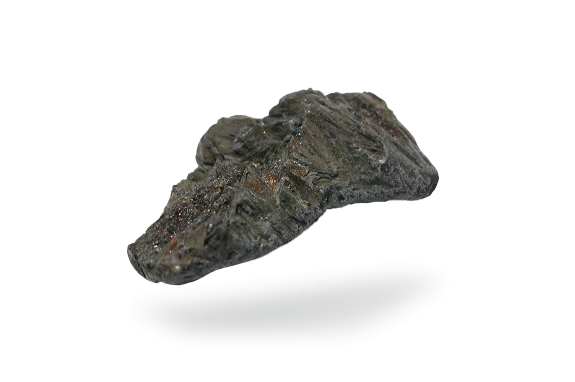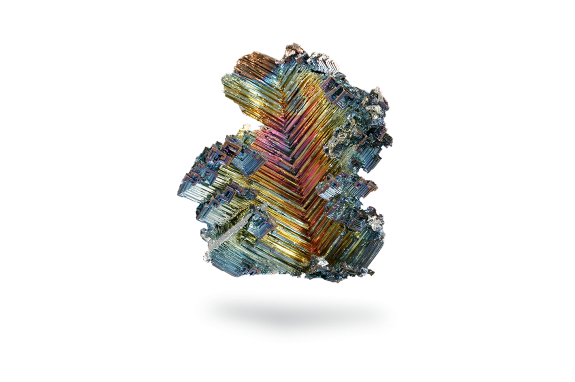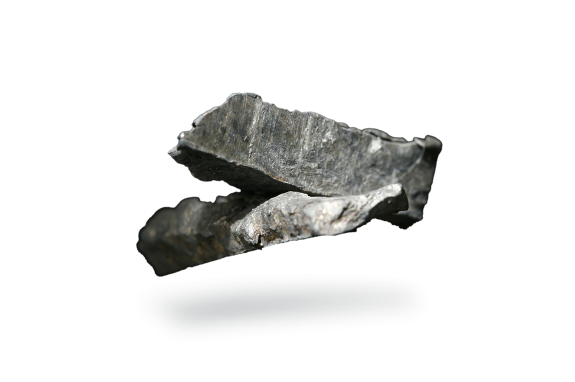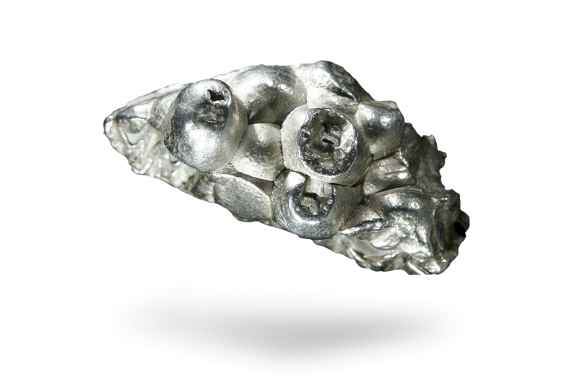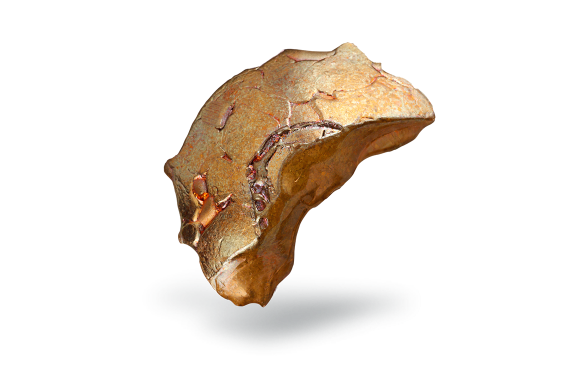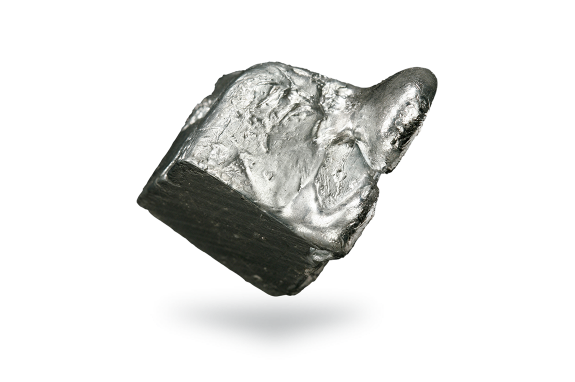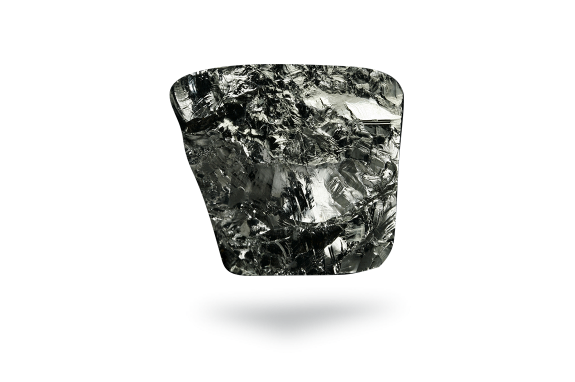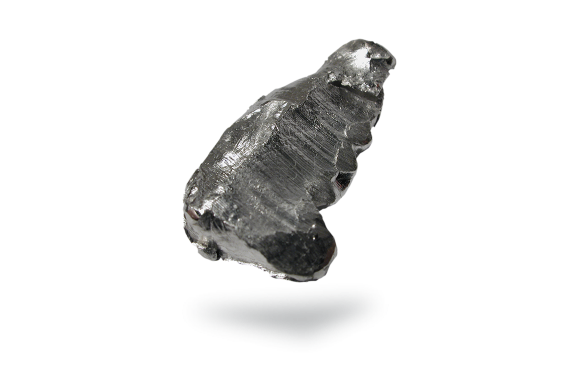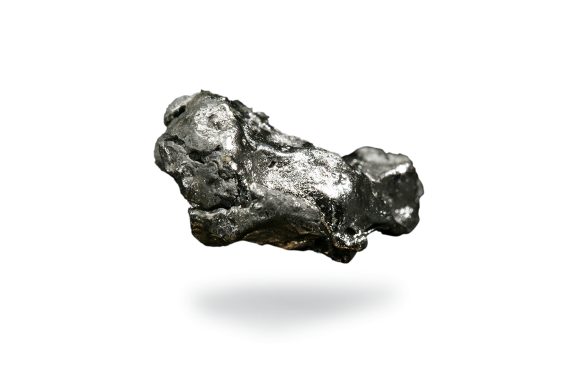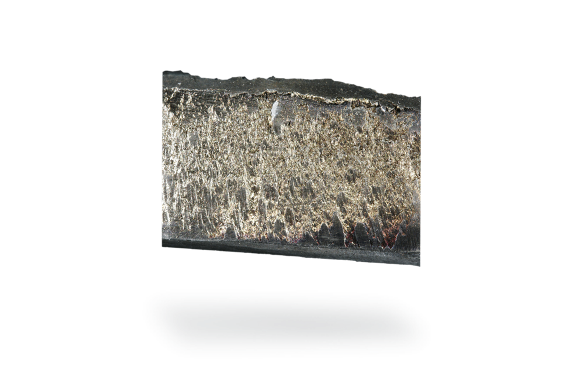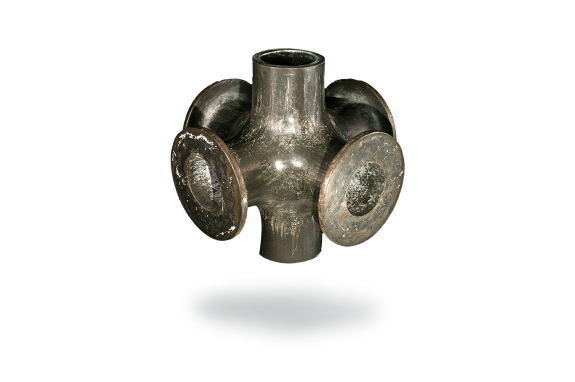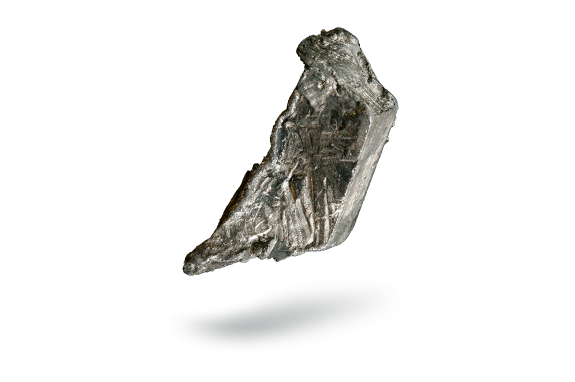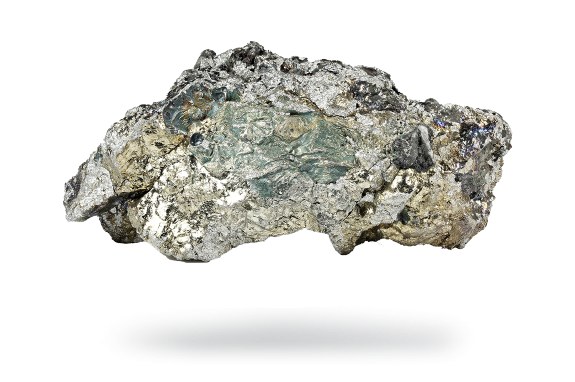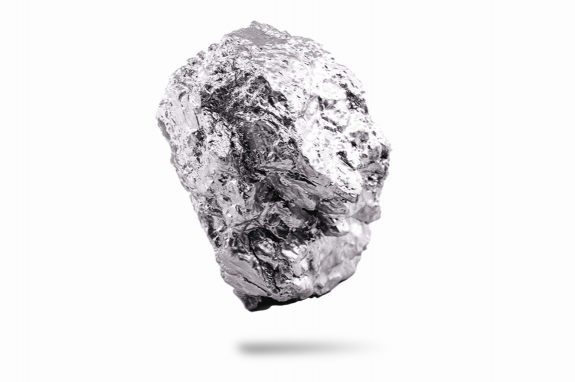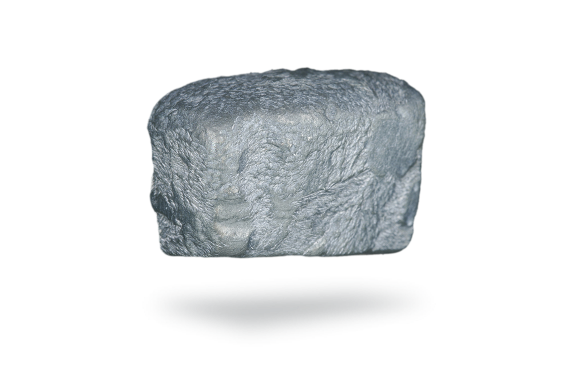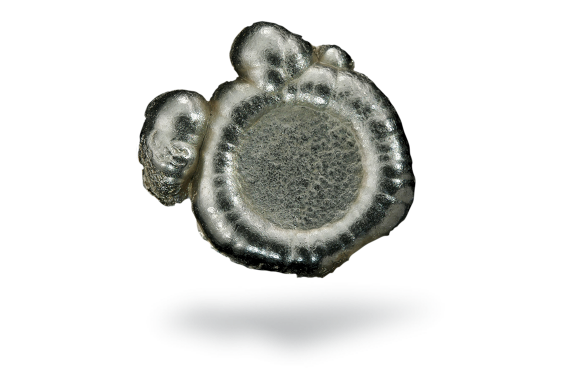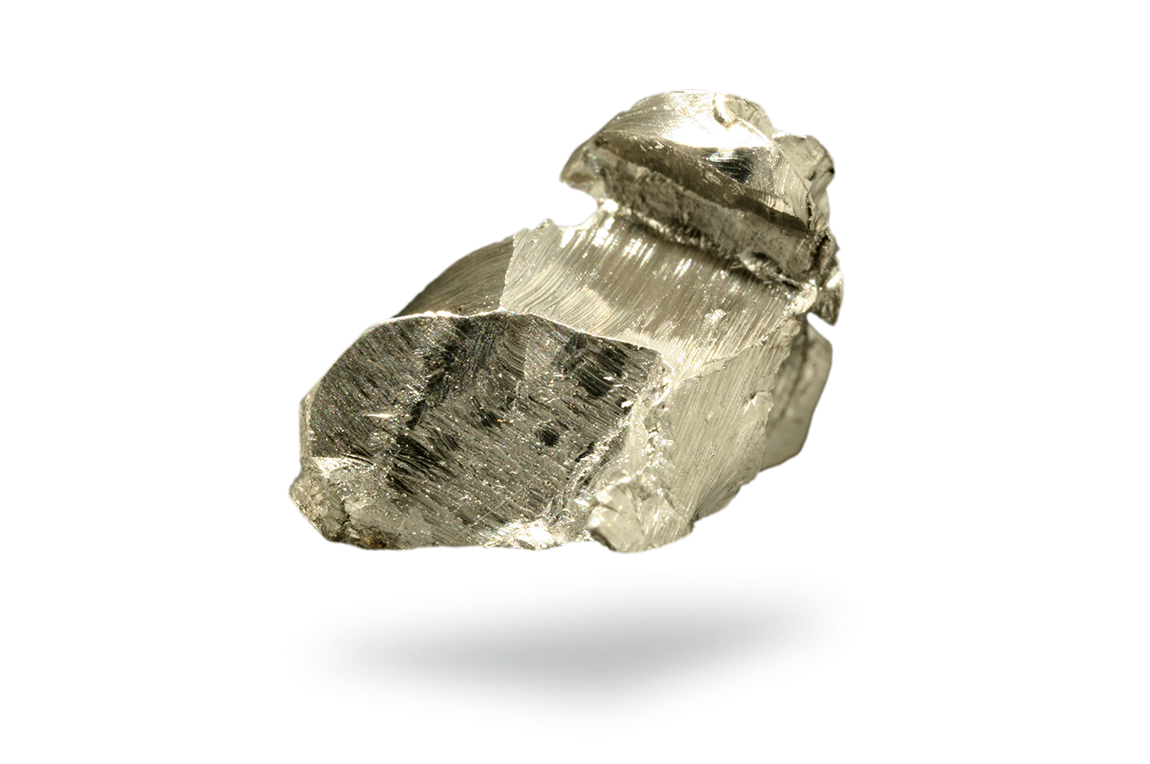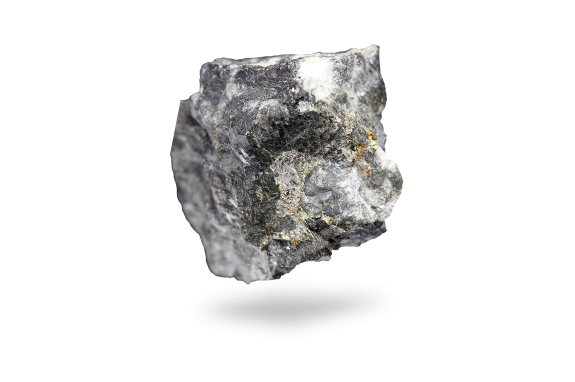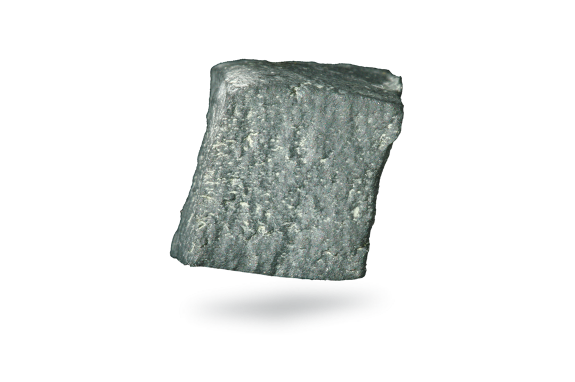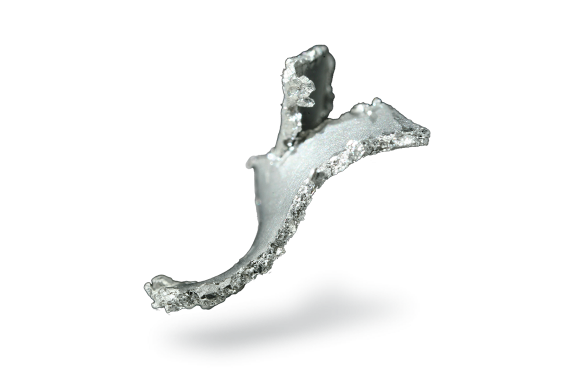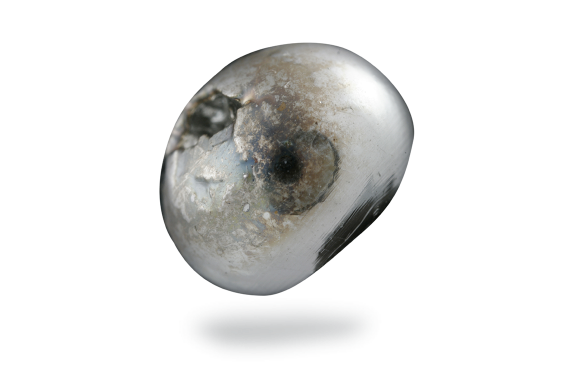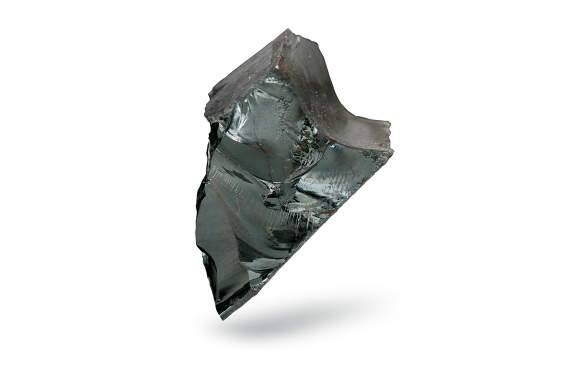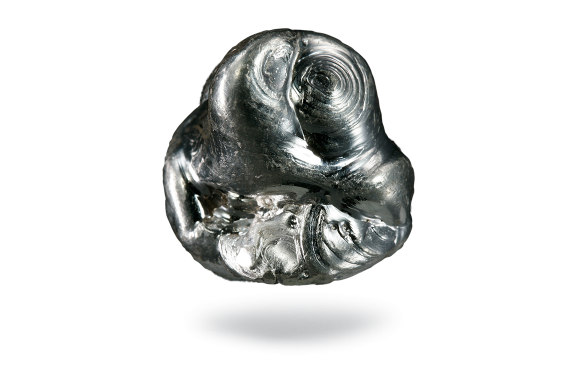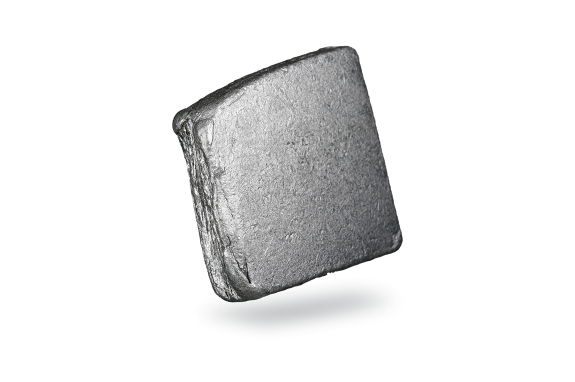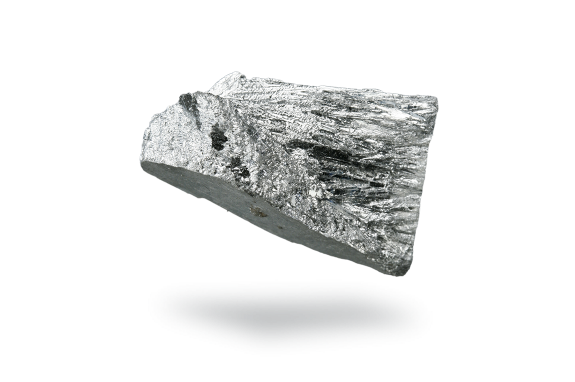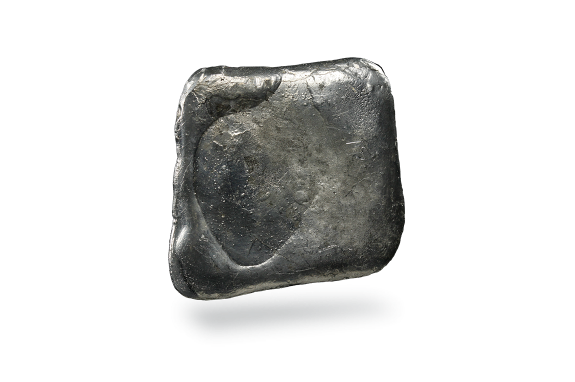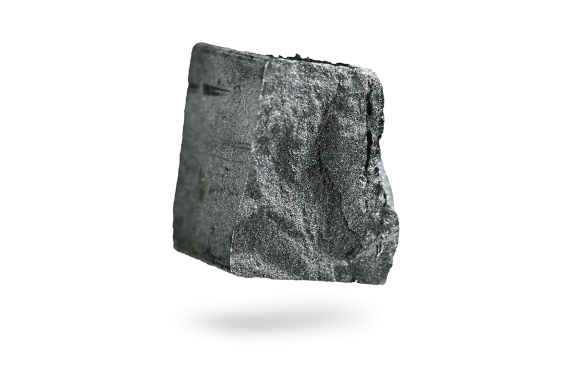Gold
Have you heard of King Midas’ touch? Midas was the main character of a Greek myth with a particular power we’d all like to have, turning anything into gold by a touch. Gold has been around for centuries, and it has always had value. This shiny metal that has given its color a name is the oldest metal known to mankind. In fact it is everywhere: studies show gold can be found in all continents on earth, maybe in outer space and even in our bodies. The average human body contains 0.2 mg of gold.
Gold was once seen as the medicine that would cure a pandemic. During the devastating Black Plague that hit the European population, a mix of molten gold and emerald was used as a remedy. It has never been confirmed whether this worked, but only 40% survived. Gold has also a place in modern health care: it is used in dentistry in the form of gold, silver and copper alloys with the addition of platinum and palladium.
We all know money doesn’t grow on trees, but gold does! No, we are not joking. Australian researchers discovered that some eucalyptus trees contain gold in their leaves. Because of how deep they go, the roots reach gold deposits through underground water that transfer microscopic gold particles to its leaves through photosynthesis.
But did you know water can be turned into gold? It is not as easy as it sounds, though: the vibrations from earthquakes stir up gold deposits from fissures in the earth and underground water, which eventually gather to form ores. But old phones can also be turned into gold! In the electronics industry, gold is used in wires and coatings and we can recover them back through recycling.
Applications
Now you may not be thinking of investing in eucalyptus trees, but gold is commonly used as an alternative investment in the form of ingots and bars. The main popular image of gold is as a safe haven for investment. Gold's intrinsic value in the eyes of society has ensured its value throughout history. This value is so great that over 90% of the gold mined in history is still in use, meaning that we can assume that gold from ancient Egyptian times is still in our economy.
By far the most important use is in jewelry. Being a soft metal, gold is generally used as an alloy. The grade is expressed in thousandths and in carats, and this is also how its value is measured. Pure gold is equivalent to 24 carats. A 22-carat alloy is made up of 92% gold, 5% silver and 3% copper.
The Incas called it ‘tears of the sun’ because of its brightness and shine, but gold is now used in more than jewelry. Due to its excellent technical properties, a few milligrams of gold can be found in most of our day-to-day portable devices: it is inside our phones, our laptops and even really old PCs. Gold–palladium alloys offer a wide range of resistivities and are used in resistors and potentiometers too. At Umicore we use electroplating processes to coat connectors, printed circuit boards or electronic components with thin gold layers. We also use gold or gold alloy for sputtering targets. The gold in such applications can be recovered through recycling at the end of their life, we call this urban mining.
Recycling
Since gold extraction and mining began, thousands of years ago, less than 200,000 tonnes of gold have been produced, the vast majority of which is still available in above-ground stocks. At Umicore we differentiate between two types of gold recycling activity.
In short-loop recycling, we recycle our customers’ residues and production scrap to help them maximize efficiency by transforming the recovered materials into new products. Umicore also receives gold as a secondary material from old jewelry and industrial scrap, and production scrap such as “sweeps”, gold that has been deliberately swept from jewelers’ shop floors. These scraps are transformed into new semi-products such as coin blanks, rings, sheets, and tubes used by our customers for the same applications and markets.
Long-loop recycling addresses more complex waste streams such as mobile phones and printed circuit boards, and the process to recover valuable materials including gold requires a different and more specialized metallurgical process.
While Umicore is a leader in both areas, over 90% of gold recycling of residues, production scrap and old jewelry follows the short loop due to its main high-grade applications. The market is very competitive, and what distinguishes Umicore’s from other companies is its ability to combine the perfect closed loop with its recycling capabilities and capacities and a complete product portfolio, perfectly matching the demand for recycling to the supply of new qualified products.
Umicore’s sustainability approach in the value chain has established its gold production and products as conflict-free. Umicore’s CoC gold products are certified by the Responsible Jewelry Council’s Chain of Custody program, guaranteeing the integrity of our operations.
Properties
Gold is a bright yellow metal with a very high density. Along with copper and silver it is one of the best conductors of heat and electricity. It is considered to be the most malleable and ductile of all metals: it can be beaten into semi-transparent foil to a thickness of 0.01 mm, and drawn into thread weighing less than 0.5 g per kilometer.


